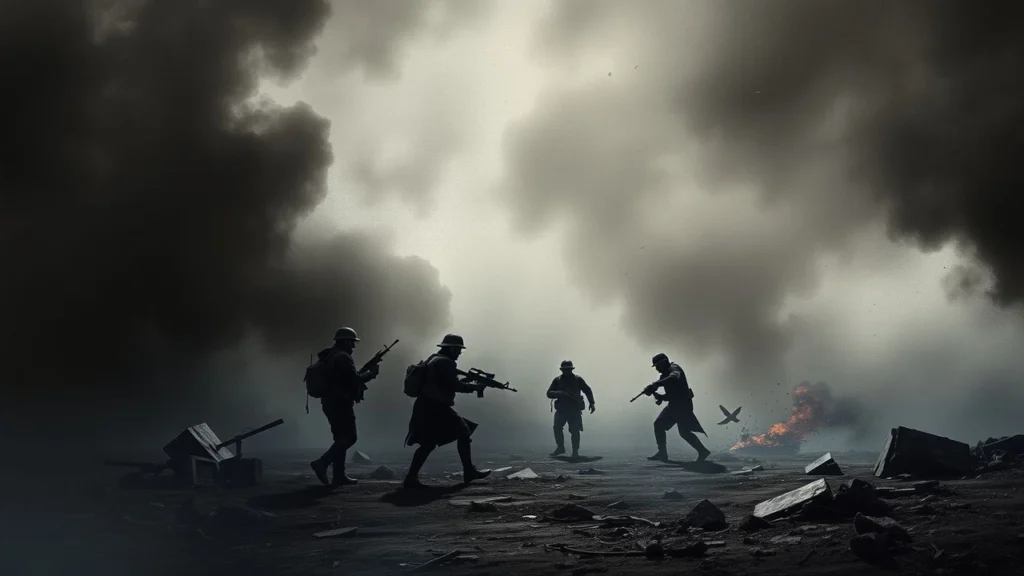The question of whether inflicting severe harm on enemies constitutes a war crime is intricately linked to the principles of international humanitarian law (IHL). IHL, primarily enshrined in the Geneva Conventions and their Additional Protocols, seeks to limit the effects of armed conflict by protecting those who are not participating in hostilities and regulating the means and methods of warfare. This legal framework delineates permissible conduct during wartime, emphasizing the necessity for proportionality and distinction.
Understanding War Crimes
War crimes are defined as serious violations of IHL that incur individual criminal responsibility under international law. These include acts such as willful killing, torture, inhumane treatment, and intentionally causing great suffering or serious injury to body or health. The Rome Statute of the International Criminal Court (ICC) explicitly categorizes these offenses, thus providing a legal basis for prosecution.
Inflicting severe harm on enemies can manifest in various forms—ranging from physical injuries inflicted through direct combat to psychological trauma resulting from warfare tactics. However, not all acts that result in severe harm qualify as war crimes. The critical determinant lies in whether such actions adhere to or violate established IHL principles.
Principles Governing Armed Conflict
Two fundamental principles govern the conduct of hostilities: distinction and proportionality. The principle of distinction obliges combatants to differentiate between military targets and civilians or civilian objects. Attacks directed against civilians or non-combatants are unequivocally prohibited under IHL and constitute war crimes.
Conversely, the principle of proportionality prohibits attacks that may cause excessive civilian damage relative to the anticipated military advantage gained. Even if an act results in severe harm to an enemy combatant, it may still breach this principle if it is deemed excessive concerning the military objective pursued.
See Also: Is It a War Crime to Shoot a Fleeing Enemy
Contextualizing Severe Harm within Combat Operations
In practice, inflicting severe harm on enemies often occurs within complex operational contexts where distinguishing between lawful combat actions and unlawful conduct becomes challenging. For instance, while engaging an enemy force during armed conflict may involve inflicting significant injury or death, such actions must be justified within the bounds of legality set forth by IHL.
Moreover, certain tactics employed during warfare—such as indiscriminate bombing or use of prohibited weapons—can lead to severe harm while simultaneously violating core tenets of IHL. In these instances, perpetrators can be held accountable for war crimes due to their disregard for established legal norms designed to protect human dignity even amidst conflict.

Vicente Underwood is from New Jersey, USA. He studied law and now works with his senior. In his free time, he writes blogs. Jackson is a proud father of two girls and enjoys balancing his work and family life.




